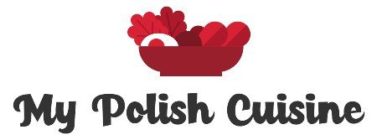About Me
My Story
Bringing the best recipes to you

Hi, my name is Betty. I am bilingual Polish & English. I am a Registered Nurse during the week and just started working on this blog on the weekends, (time permitting). Hoping to share my favorite Polish recipes with those who like Polish food but don’t speak the language.
Welcome in “My Polish Cuisine” my new weekend Polish recipes Blog. My name is Betty and am 1st generation Polish American born in Chicago, and both of my parents immigrated from Poland. Ever since I was a little girl, I had a passion for cooking and followed the very best recipes handed over from my family and friends. I have opened this Polish recipes blog since I am so frequently being asked by so many for recipes. Especially those who may not be able to speak Polish but like the Polish food and need the very best traditional Polish recipes.
I lived in Poland for few years and can relate to how different the food tastes there. I could not imagine the difference in the taste of most fruits and vegetables. Many of us living in the US realize that following Polish recipes directly from Poland may not come out tasting exactly the same due to difference in meats, vegetables, fruits, grains, and dairy products as well as the amounts and differences in the ingredients.
I hope you find many inspirations here and some will even bring back memories of flavors from your Polish home.
Happy cooking and smacznego!
Gallery
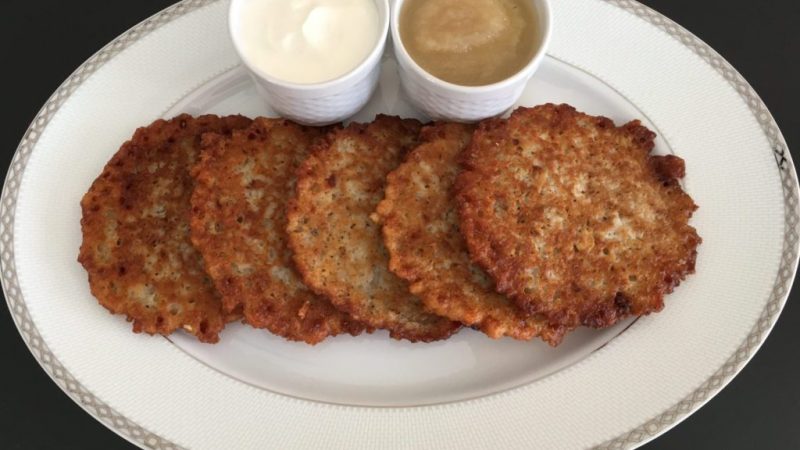
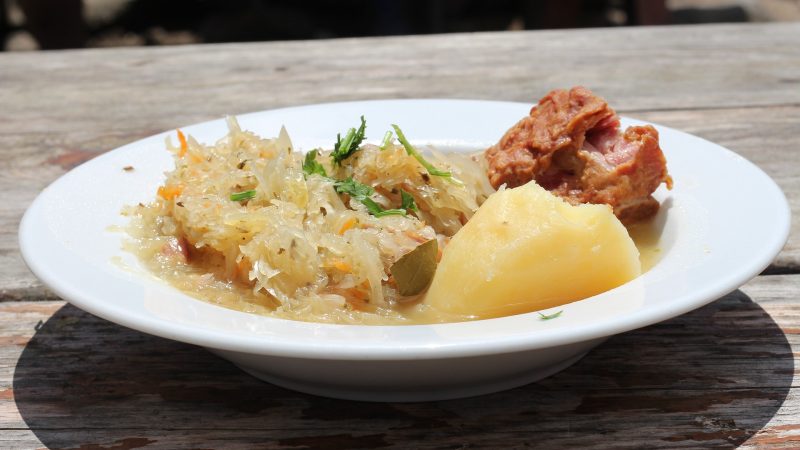

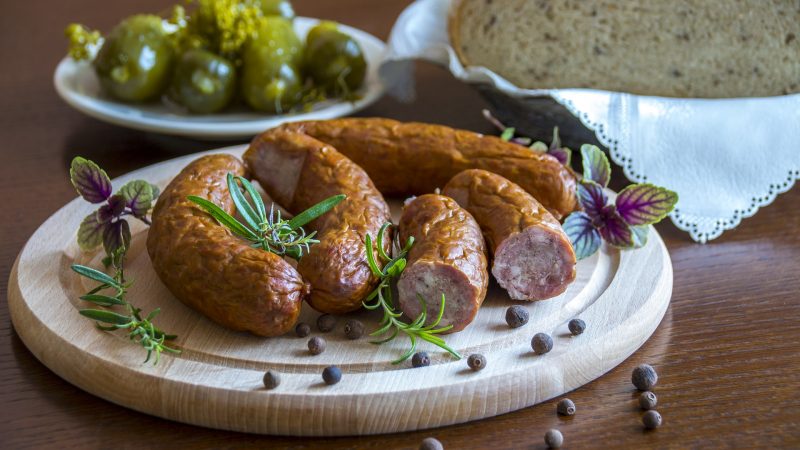
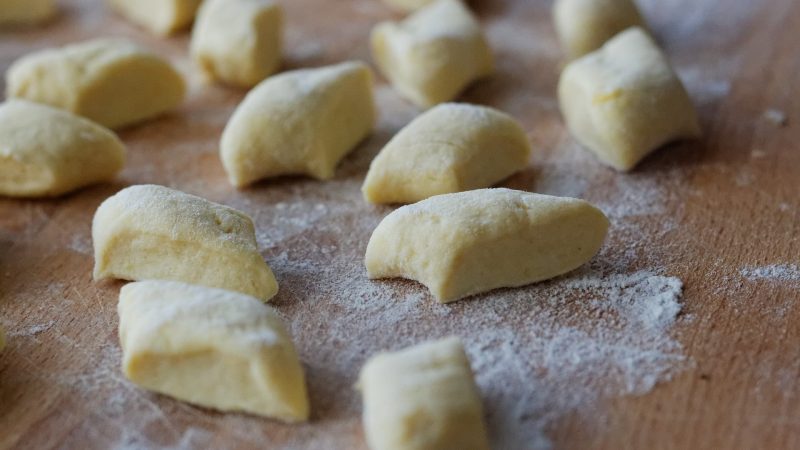
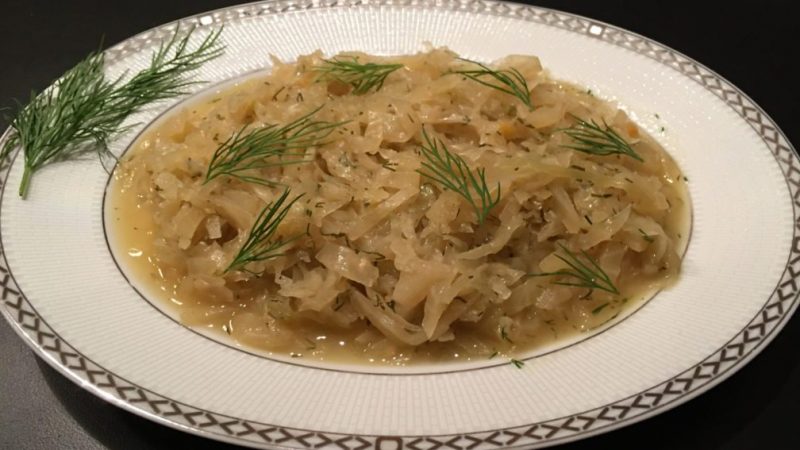




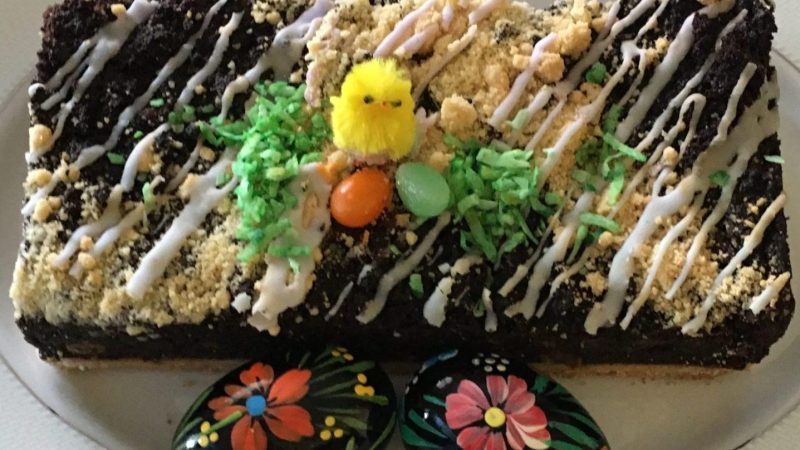




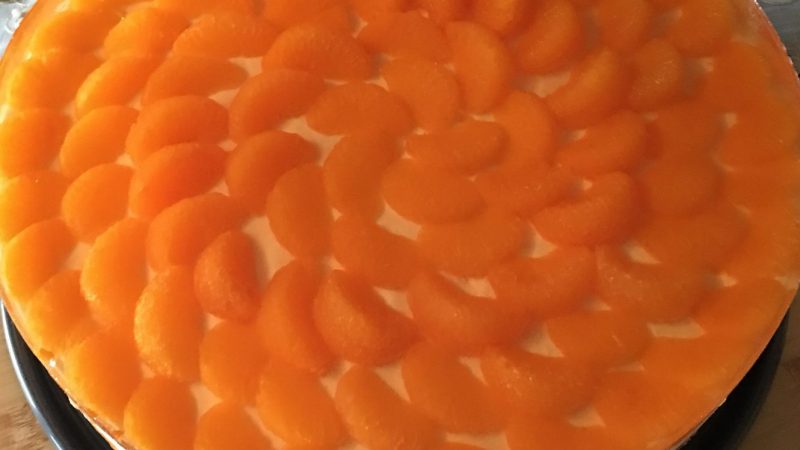
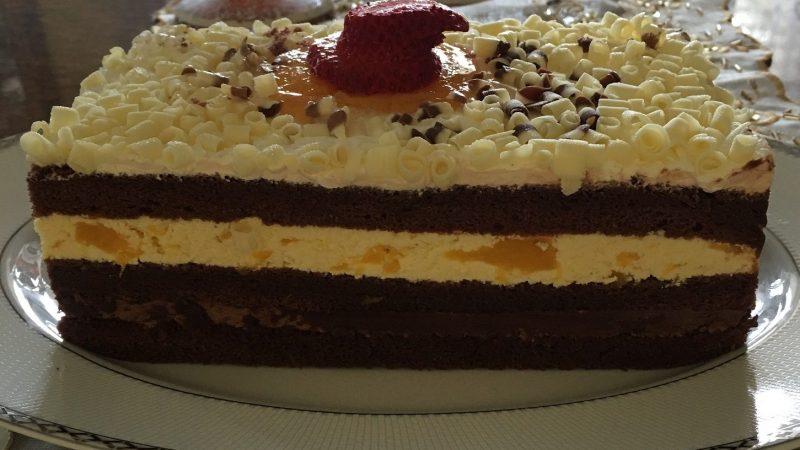
About Polish Cuisine
Traditional Polish cuisine is one that is most definitely high in calories, but once you try it, you will not be able to resist the temptation. It is rich in various kinds of meats (pork, chicken, beef) and famous for its variety of excellent breads and delicious sausages. A Polish menu is constantly enriched with new flavors, sometimes even exotic.
Poland is a heavily Roman Catholic country, and many Poles observe Catholic feast days by not eating meat. Traditionally, many meat substitutes have been made from mushrooms. The two most important holidays are Christmas and Easter.
The traditional Christmas Eve dinner consists of twelve or thirteen courses. Easter is the second most important religious feast of the year. The fast of Lent is broken with Easter breakfast, and feasting continues through the day.
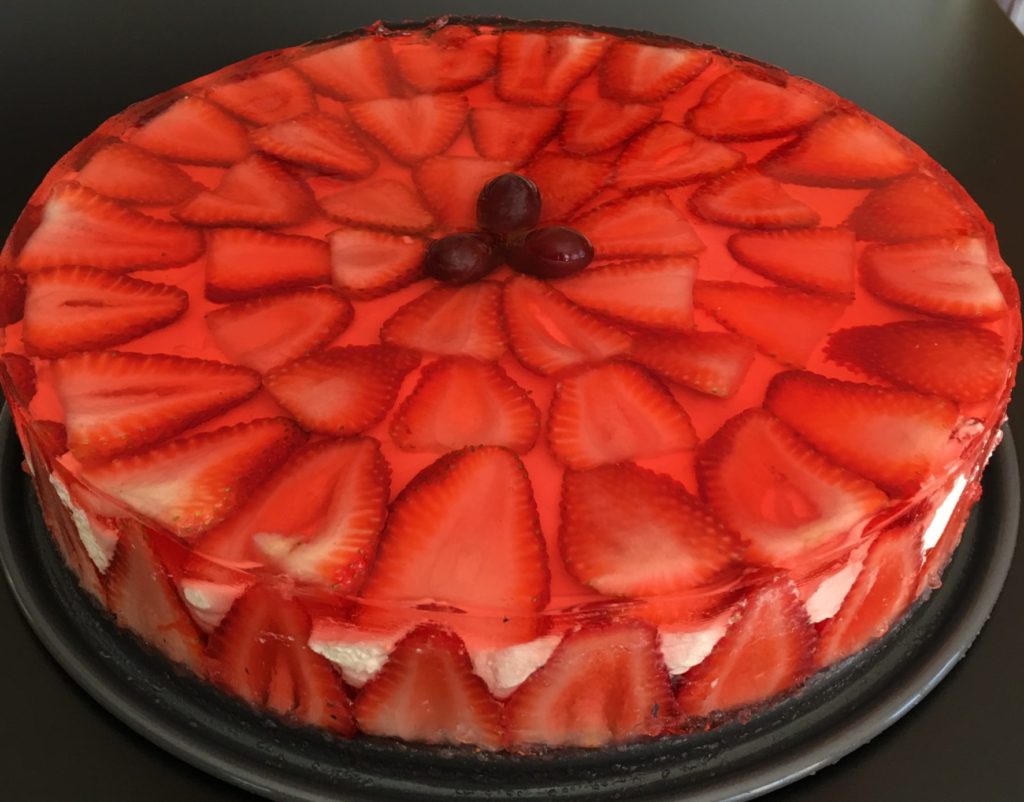
Traditionally, a roasted lamb was served for Easter. In recent years, a lamb made of sugar or butter has replaced the real lamb. Meats served for Easter in modern Poland include roast turkey, ham, sausage, veal, or a roast pig. Painted hard-boiled Easter eggs are part of the celebration, and everyone eats part of an egg. Easter sweets include babka (rich pound cake), cheesecake, and Mazurek (a Polish shortbread).
Recently there has been some controversy about the nutritional fact labels especially for food bloggers and lacking the correct information in them. I believe giving people evidence, facts and actual proof (even thought it is not always 100% accurate) is always beneficial in some way or another. Everyone should then take that information and combine them with their personal experience to make the ultimate judgement. The Web Site provided is the one I most often use and turns out it provides the most accurate information.
Very Well Fit Nutrition Analyzer. Try it it is free as far as I know.
